 getBack
getBack
from
finance
world
finance world

This is how someone can try to pay off their debt too quickly, leading them to borrow money again. It is a tug-or-war that leaves you as the loser, and the bank as the winner. This is how to make a sustainable debt repayment plan. This scenario A is quite easy, I will add another case with some spice. We first must understand what happened to cause my client to get into debt, essentially it is a timing issue, she spent to much money at the wrong time and is now struggling to make it up. After a budget is done the answer will reveal itself, however, if you want to quick way it is even easier. Take the debt amount and divide by 36. 36 is the number of months it should take you to pay off your debt in the longest time. Debt repayment should not be more than 10% of your income anyway, they will often be very close.
We will explore Scenario B
1000$ on credit abc 20% minimum payment 17$
2000$ on credit def 15% minimum payment 25$
Line of credit 2000$ at 8% 13$
Same amount and same time frame would take us to roughly 140$ per month. This case can get a little hairy due to minimum payments due everywhere. First, we must subtract the minimum payments from the total amount of money available to pay down our debt, 140$- 17$-25$-13$= 85$ This is the cascade payment plan.
Pay minimum payments on all cards and or lines of credit. Next start paying down the highest debt first. At 85$ per month, the abc credit card should be paid within 12 months. On month 13 we start paying down def credit card as follows: 25$+85$ (out initial capital) + 17$ (from abc). This should take us approximately 20 months to pay off. At month 33 we pay down the line of credit as follows: 13$+85$ (initial capital) + 17$ (from abc) +25$ (from def). This should take us approximately 16 months to pay off.

Here are two scenarios and how to address them. I known using a budget first will help you figure out your numbers based on your personal situation. We could have paid off the debts much sooner by removing all availability from our line of credit (example of 3000$ from the 5000$ limit) to lower our overall cost and overall time from 47 months to 40 months. I hope this could help and shed some light on this issue. Financial Freedom isn’t a Myth, stop working for money, and allow your money to work for you!